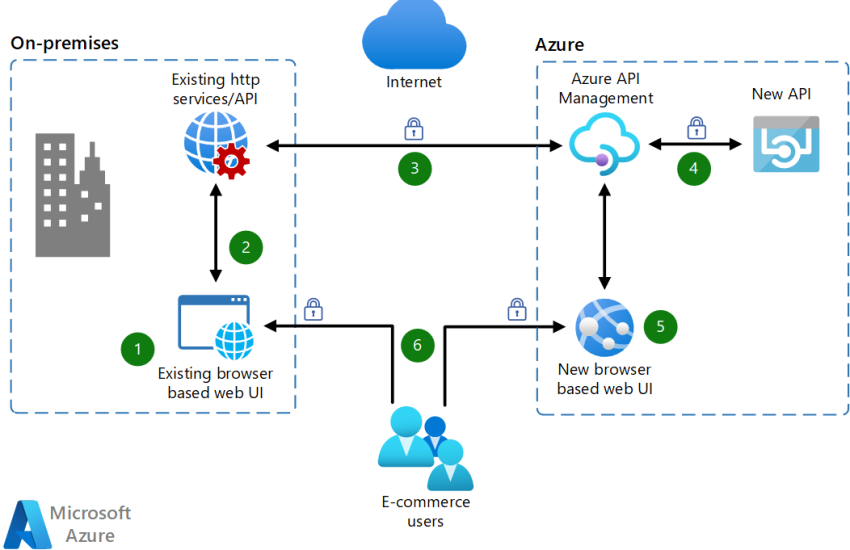Understanding Front-End and Back-End Web Development
When it comes to web development, there are two main categories that developers work in: front-end and back-end. Understanding the differences between these two areas is essential for anyone looking to pursue a career in web development. In this article, we will explore the basics of front-end and back-end web development, their key differences, and the skills required for each.
What is Front-End Development?
Front-end development, also known as client-side development, is the practice of creating the visual elements of a website that users interact with. This includes everything from the layout and design of a webpage to the interactive features and animations that make a site engaging. Front-end developers use languages such as HTML, CSS, and JavaScript to bring a website to life in the browser.
Key Skills for Front-End Developers
Front-end developers need to have a strong understanding of HTML, CSS, and JavaScript, as well as the ability to work with frameworks and libraries such as React, Angular, or Vue.js. They also need to have a good eye for design and be able to create visually appealing and user-friendly interfaces.
What is Back-End Development?
Back-end development, also known as server-side development, focuses on the behind-the-scenes aspects of a website that users don’t see. This includes working with databases, servers, and applications that power the website and handle tasks such as data storage, user authentication, and server-side logic. Back-end developers use languages such as Python, Ruby, Java, or PHP to build and maintain the server-side components of a website.
Key Skills for Back-End Developers
Back-end developers need to have a good understanding of server-side technologies, databases, and security protocols. They also need to be able to work with frameworks and tools such as Node.js, Django, or Ruby on Rails to build robust and scalable web applications.
The Relationship Between Front-End and Back-End Development
Front-end and back-end development are closely related and work together to create a functioning website. Front-end developers focus on the user interface and user experience of a site, while back-end developers handle the server-side logic and data management. Both front-end and back-end developers need to collaborate and communicate effectively to ensure that the website functions correctly and meets the needs of its users.
Full-Stack Development
Some developers choose to specialize in both front-end and back-end development, becoming full-stack developers. Full-stack developers have a broad range of skills and are able to work on all aspects of a website, from designing the user interface to building the server-side components. Full-stack development is a versatile and in-demand skillset in the tech industry.
Conclusion
Front-end and back-end development are two essential components of web development, each requiring unique skills and expertise. By understanding the differences between front-end and back-end development, developers can choose the path that best suits their interests and career goals. Whether you prefer creating visually appealing user interfaces or building robust server-side applications, both front-end and back-end development offer exciting opportunities for growth and innovation in the tech industry.


